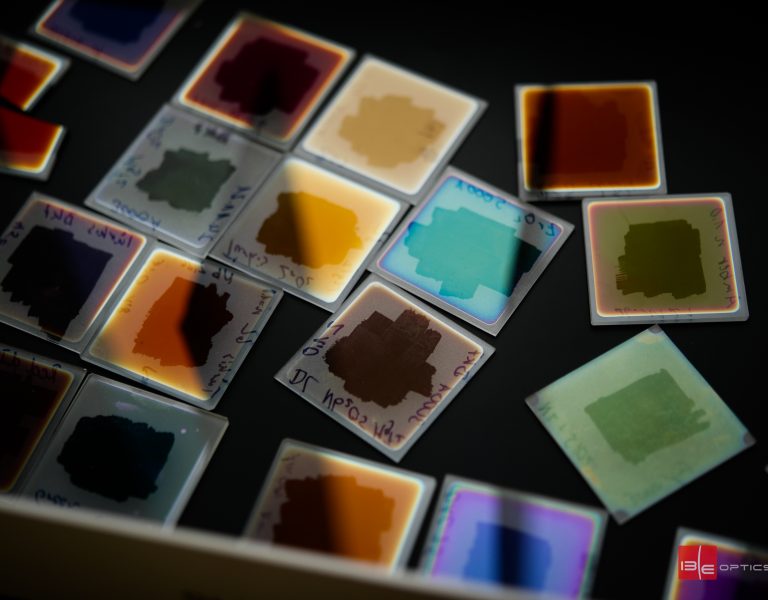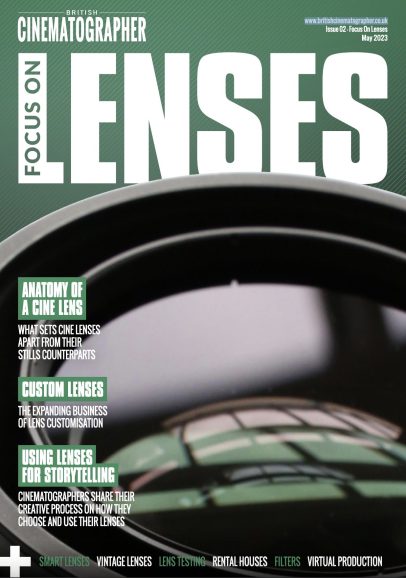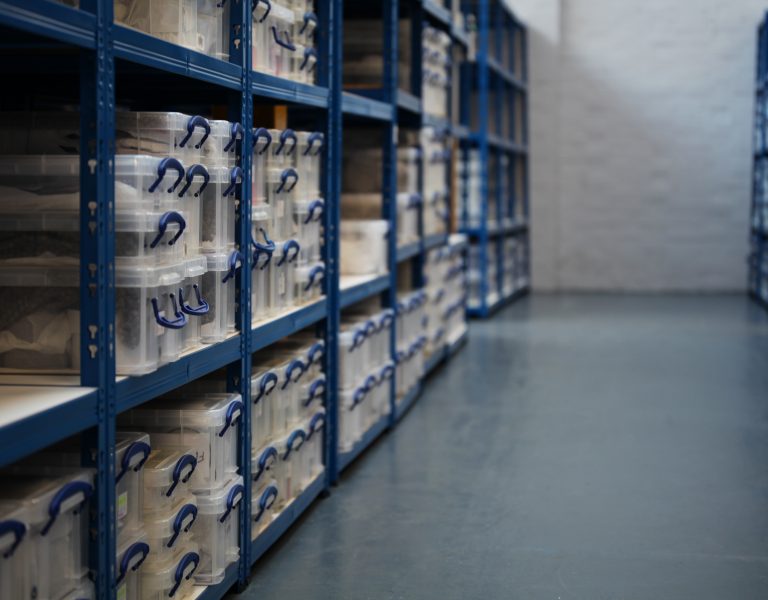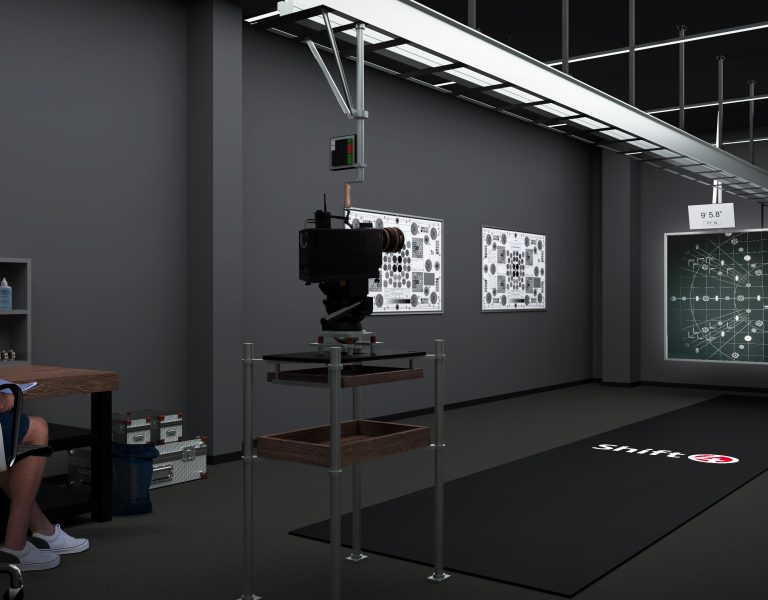Asking cinematographers how they choose and use their lenses can be seen as intruding on a creative process, but a generosity of spirit is strong in this industry. Thanks to the following for sharing their secret sauce.
With the arrival of digital cinematography there was concern that a digital harshness would accompany it – particular lens matching was seen as a possible antidote. With the arrival of large format cinematography came the search for forgotten medium format glass, these old lenses suddenly became desirable again.
The selection of lenses to lead narrative content adds an important layer of complexity to that back story. Like, for instance, Ben Kutchins’ choice of lenses for Boston Strangler, Hulu’s new movie about the infamous murders from the 1960s. He shot on the Alexa 65 camera which he admits limited his lens choice because of the sensor size, but he wanted a certain look for the soiled world he wanted to show. “I dug through a tonne of old lenses,” says Kutchins, “in the end we primarily used the ARRI DNAs which are all sourced from old medium and large format glass. They have hundreds if not thousands of these lenses, so I went through what would work for each focal length.
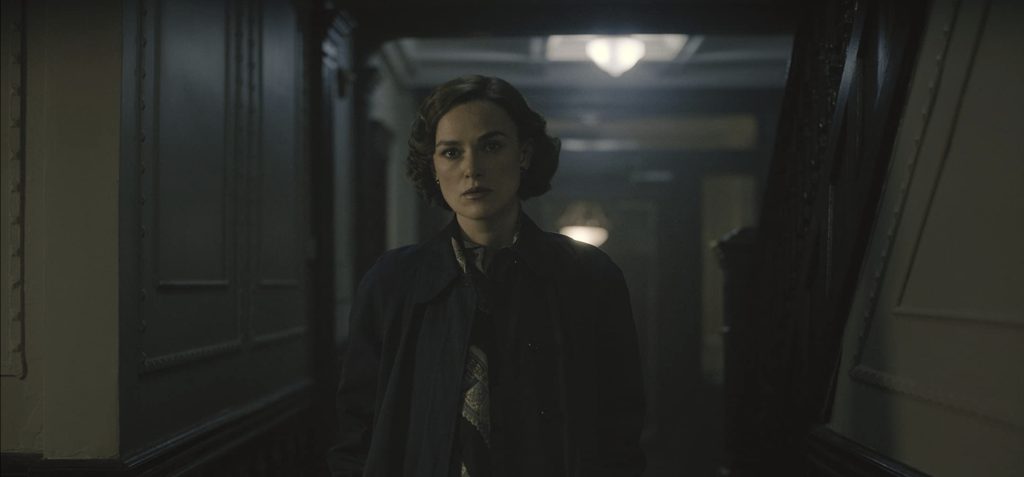
“We added character by de-tuning them so ultimately I had a selection of individually custom-made lenses.” He also ‘scavenged’ other lenses that would cover the sensor from the ‘60s, ‘70s and ‘80s. “I basically created a bunch of lenses that I used for all the different reasons and environments.”
The choice of lenses and the film’s LUT demonstrates how Kutchins directs the viewer into his disfigured world, like the unnerving blue cast in Ozark to the suffocating and bleached-out first series of The White Lotus.
With Boston Strangler, Kutchins’ design and lens use tips you directly into the murky murder scenes of the city’s bedsits – you almost feel like you need a shower after watching it.
Eben Bolter BSC’s episodes of The Last of Us needed to freeze frame the entire world circa 2003 when the fungus pandemic hit. For this he used the Cooke S4s. He explained the thinking behind the choice of lenses. “We were talking about a late ‘90s, early 2000s aesthetic and Cooke S4s fit into that quite nicely. The Super 35mm element rather than large format was mostly to do with the fact that we had these incredible sets and brilliant VFX and we didn’t want to be living with a large format sensor with wide open lenses and not be able to see anything. We didn’t want ‘mush’ behind our characters, we actually wanted genuine depth of field.”
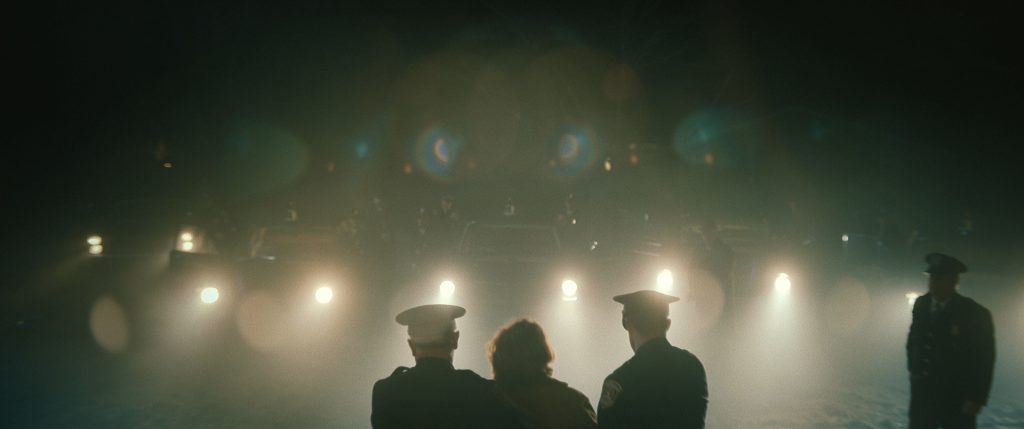
However, cinematographer Florian Hoffmeister BSC shot the Apple+ series Pachinko with large format lenses but didn’t want them to describe the period. “With large format cameras the field of view is slightly bigger due to the larger sensor. To me, even if some people dispute this mathematically, I think it is a format that very much enables you to depict space while being close to characters. So, on large format I can use a 40mm lens which is a nice close-up lens but has the field of view of roughly a 32mm.”
He chose the Sony Venice cameras and Panavision’s Panaspeeds for lenses. “We tested a few lenses but wanted something that had a very pleasing roll-off in terms of out of focus areas; also we didn’t want something with a very strong period feel to it, so it shouldn’t interfere. Almost as if the glass is the layer through which you see. You want it to be clear but with a hint of romanticism to it.”
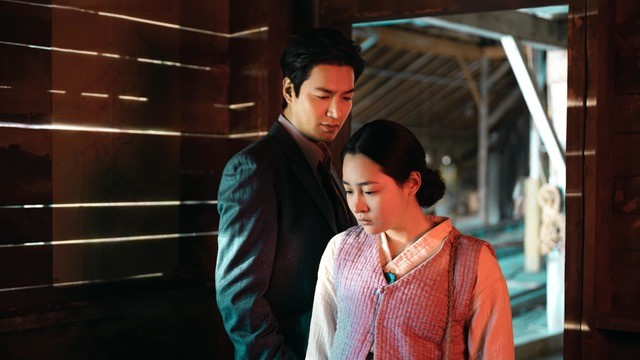
Cinematographer Trevor Forrest needed to re-evaluate his shooting design for the episodic Little Fires Everywhere when the show had to move from the overcast Ohio to the laser sun of Los Angeles. Ohio had just passed their Heartbeat bill which banned abortions entirely – this didn’t sit well with the production. The enforced move meant that although the show was prepped for Ohio they had to shoot LA for Ohio. This threw up a number of questions, not least how the leads would look but more importantly how were they going to make LA look like North East America.
Forrest had a plan for how to achieve this sleight of hand. “I’d lived in New York and what I love about the city are these secondary colours that you get. The magenta, the green. All the whites, where the highlights are cream. That’s the way I wanted to go, with these secondary colours, softness and cream highlights.”
He ended up going to Panavision seeking the help of their famed lens expert Dan Sasaki. “I showed him two photographs, one was a hot dog stand in LA which was very bright with the highlights blowing out and one was a train station in the early autumn of New York, which had every colour I needed like magenta, orange, pink, cream highlights, blues, and blacks. I told him that I needed to make a beauty lens, a one-off lens.
“So, we pulled out all the dusty old lenses to see what we could use and moved to a process of de-tuning. Actually, the Canon K35 lens had some of these qualities, they had a warmth to them but also had these secondary colours. I said to Dan that if I had my wish that I would have what the K35 offered but in their PanaSpeed lenses, but we needed a few sets.”
Sasaki came back to Forrest with his fusion of glass. “We started with the 35mm which matched the K35s. He had arranged the elements so that the third element which normally would have a really clean contrast but now had this warmth. What he managed to do was bring a K35-esque look to that third element that slightly slowed down the light that came through it, when it slows down it gets warmer.”
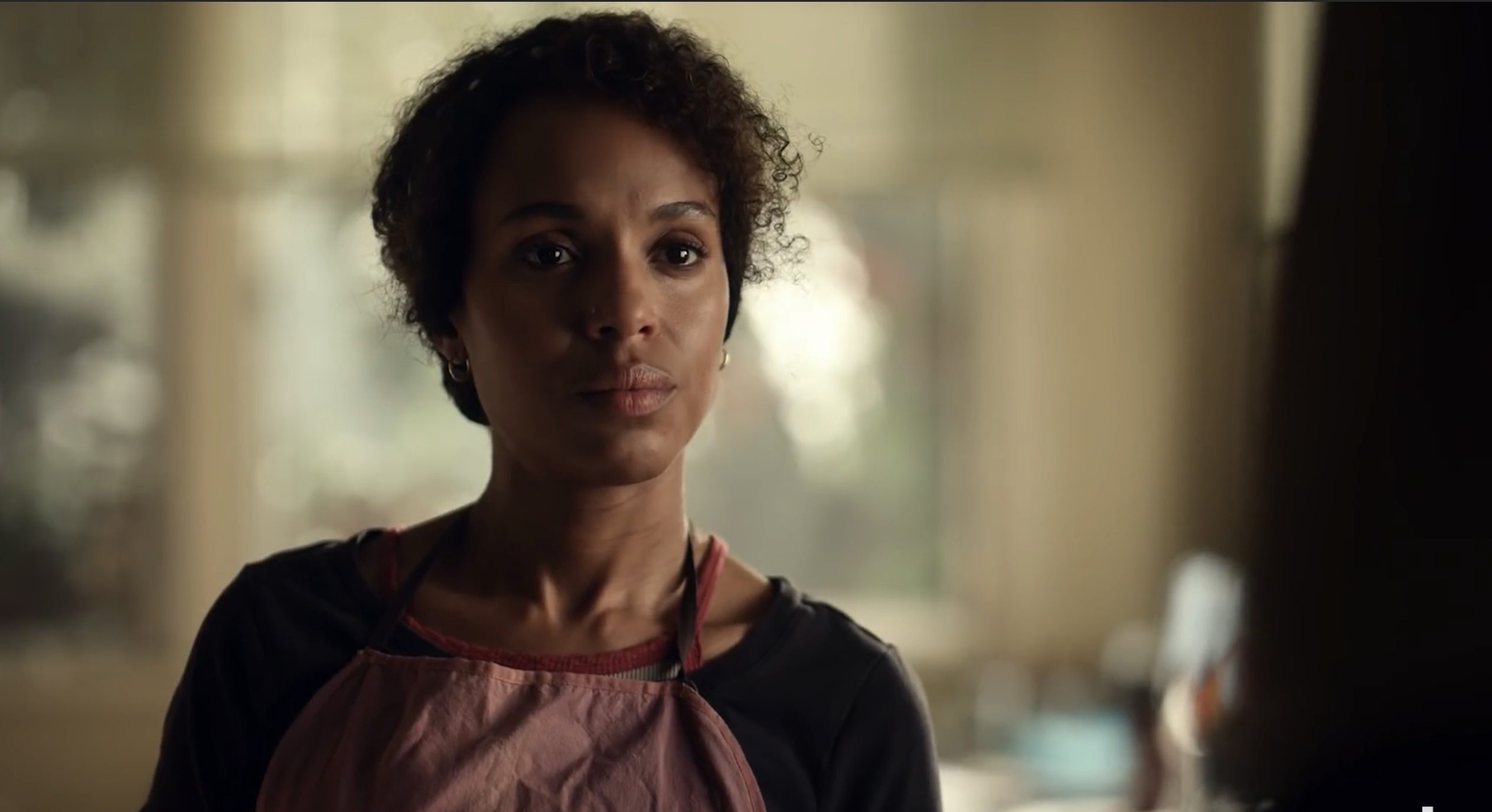
The result was that a Los Angeles landscape was still cold, hard, and contrasty but that warmth translated not as orange but translated as a secondary colour. “It meant that the highlights were creamier, the blues were less clean and when I put a bit of magenta into my lighting it really started to show up in the shadows and mid-tones which became that secondary colour I was looking for.”
If you’re talking about using lenses for character scrutiny then DP Ben Davis BSC’s work on The Banshees of Inisherin is a great example. Actors Brendan Gleeson and Colin Farrell play the friends and then ex-friends whose relationship is the heart of the film. As many of their scenes occur inside the pub, Davis had to present a way of finding the performances that made the movie make sense.
It was an exciting exercise, says Davis. “When you cut from these textural landscapes with this abundance of rock and a sea which is in permanent turmoil, I wanted the close-ups to feel like the landscape.
“I wanted to feel all the crevices on the face. Lighting and shaping the close-ups were a fundamental part of the film for me. These actors’ faces are endlessly fascinating, and it ended up being a lovely exercise in portraiture.”
His process is to initially look to shape the face he is filming. “I start with the eyes. Do you want to see into the eyes, or don’t you? Do you want an eye light or not? What is that eye light? A soft light or a sharp ping in the eye. The emotional response to those types of eye lights is completely different.”
Trevor Forrest also talks about his need to bring faces to life as he shoots an MLK and Malcolm X project. “Photographing all the different types of black skin was the challenge. Black skin is mostly defined by the reflection of a hard light but my love of using practicals really took you in to the period.” He used Panavision Primos for the shoot, the reason being that they have lead in them which gives them softness but with a bite of contrast. “It’s something I don’t really find in any other lens,” he concluded.

At the other end of the scale, if you’re talking about creating a grand vista with your lenses then maybe you need to emulate a genre as Arnau Valls Colomer AEC did with the Netflix series, The English.
The key for him was to decide early how his cameras were going to move; he had three Sony Venice models. A fast-moving camera design would perhaps not take in the landscape and linger on the views and the important relationship between the leads. A static camera would allow for both and also let the script breathe. But more importantly a static camera increased the speed of the set-ups keeping to his strict schedule of six completed hours in 90 days.
A static camera would perhaps act as a witness to the action but there was another advantage for Colomer. A camera that didn’t move around too much allowed him to use some old but heavy lenses, especially some big anamorphic Panavision lenses from the 1980s. He was then recreating that look with an ingredient that could have been in the original films, the glass.
These lenses also produced beautiful flares and bokeh but with some unusual focus breathing effects which changed the shape of the bokeh depending where the focus is. With such a set-up and a Sony Venice digital camera shooting Super 35mm 4K, Colomer produced the stunning images on view, with some of the classic Western tropes like silhouettes and breathtaking scenery.
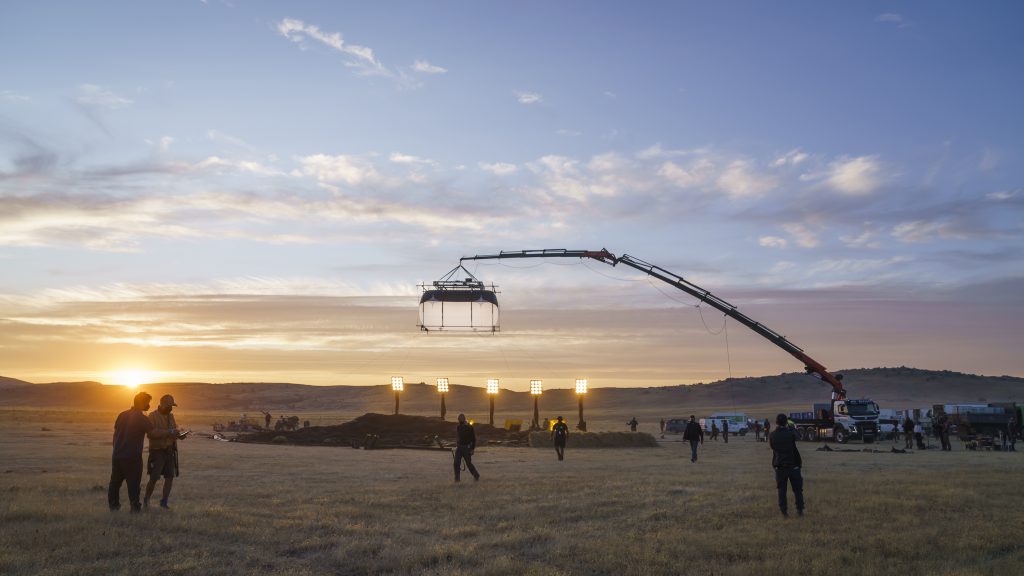
But sometimes the choice of lens is out of your hands as is true for Steven Soderbergh’s movies as he usually acts as the cinematographer as well. An example of being ‘stuck’ with a lens comes from Nat Jencks, who was the colourist for the film No Sudden Move. “We were shooting on the RED Monstro sensor with very intense anamorphics from Kowa. The lens coverage on the sensor was not entirely designed to cover the widest edges of the frame, there was very intense distortion at the far right and left edges of the frame, and we were cropping that out. But when Steven saw how the optics were interacting with the image, he loved it, and was like, ‘Oh, I want to include that’. So, we actually widened out the image in the framing, and included those side parts, where there was very intense lens distortion. You got these really wild effects as the camera pans around bending the picture.
“There was also very intensive vignetting, as well as image distortion on those lenses. That presents a kind of unique challenge for colour grading as well. In the sense that if we wanted to it would not be difficult to invert the vignette and correct for it. The same thing goes for the image distortion, for that matter, but those were characteristics of the lenses that we really loved.”
–
Words: Julian Mitchell





















